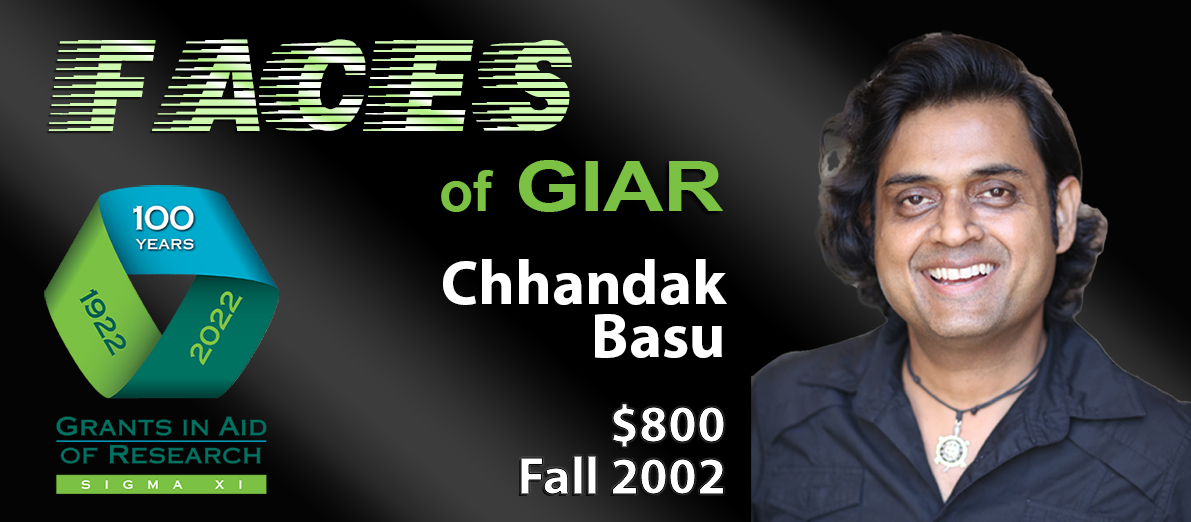July 21, 2023

Grant: $800 in Fall 2002
Education level at the time of the grant: PhD student
Project Description:
Thanks to the GIAR funding, I was able to visit and work in the laboratory of Brian Friskensky, Department of Plant Science, University of Manitoba, Canada. As part of my PhD thesis, I evaluated several gene promoters that are suitable for the genetic transformation of plants. I was fascinated to examine gene expression in plant cells at a transcriptome level. However, this was not a direct topic of my research. My major professor was very supportive of my idea to visit another laboratory to learn techniques for studying stress-responsive gene expression in plants.
As a result, I visited Dr. Friskensky's lab to learn how transcription analysis with cDNA-macroarray can be used to study gene expression patterns after pathogen attack in canola cells. My research involved preparing pathogen-induced cDNA from canola cells and mastering macroarray techniques. Various genes were nonradioactively labeled and hybridized onto membranes containing cDNA from canola cells. In addition to understanding pathogen-induced gene expression in plants, the genotyping data could also be used to develop disease-resistant crops.
How did the grant process or the project itself influence you as a scientist/researcher?
Working in a different lab abroad, outside my familiar environment, was an experience I will never forget. Having this research experience motivated me to become an independent researcher. Within five years of receiving the GIAR fellowship, I attended a weeklong workshop at the University of Arizona, Tucson, to learn microarray. As of now, my lab focuses on transcriptomic-level gene expression studies in plants, and therefore I am indebted to Sigma Xi for granting me the GIAR award.
Where are you now?
I am currently a professor of biology at California State University, Northridge. As part of my research, I study how plant cells respond to environmental stress at the molecular level. Additionally, I have a research affiliate appointment at NASA's Jet Propulsion Laboratory. I conduct research at NASA on how microbes survive in hostile environments.
Students may apply for Sigma Xi research grants by March 15 and October 1 annually at www.sigmaxi.org/giar.